
What are Dental Crowns ?
Your one-stop destination for comprehensive dental care
Dentistry is a field that offers solutions to a variety of dental problems, from routine cleanings to complex procedures. Whether cost is an issue, financing is needed, or a busy schedule presents a challenge, dentistry offers options to address these concerns and provide quality care.

Dental crowns are used to restore the function, health and appearance of natural teeth. They may be placed over a chipped or damaged tooth, or they may be used to prevent further damage to decayed or chipped teeth, to cover a dental implant, to anchor a dental bridge, or to improve the aesthetic quality of discolored or misshapen teeth. In some cases, a crown might be placed on a baby tooth, but only if the tooth is damaged to the extent it cannot be filled or the potential for tooth decay is very high.
At Advanced Dentistry, we offer a range of options to suit your distinct dental needs. Based on your needs and budget, we will help you select the right kind of dental crown for you. Options include:
All-resin crowns tend to be more affordable than other options, but also are more susceptible to wear and damage
Also referred to as all-ceramic dental crowns, all-porcelain crowns appear very natural in color and are often recommended for highly visible teeth
These crowns can be made to match your teeth, creating a very natural-looking smile. One drawback, however, is that porcelain-fused-to-metal crowns cause greater wear on teeth than metal or resin crowns, and the metal can show through if one’s gums recede. The part of the crown made from porcelain is also not as durable as other materials, increasing likelihood of chips and cracks over time.
Stainless steel crowns are prefabricated and often used to temporarily protect teeth until a permanent crown is placed. Most dental crowns used on baby teeth are made of stainless steel as these crowns can be placed in just one visit. Due to its unnatural color, stainless steel crowns are not typically used on visible or front-facing teeth
: Metal crowns may include gold, silver amalgam and other metal alloys. These types of crowns require less prep work and require minimal damage to a tooth’s natural structure. Metal crowns hold up against damage due to biting and chewing and are more durable than other materials. However, the noticeable colors of metal crowns discourage many from using metal crowns on visible teeth.
X-rays may be first taken to determine that the tooth and bone are healthy enough to support the dental crown. If the tooth has decayed or is at risk of infection, a root canal may be performed to correct the issue.
If the patient is a good candidate for a dental crown, the tooth is prepared for placement. A numbing agent is applied to the tooth and gums, then the tooth is filed down. The amount of tooth filed down is dependent on the type of dental crown being placed. If there is too little tooth to support the crown, the tooth can be built back up using a filling material.
Next, impressions are made of the tooth receiving the crown as well as surrounding teeth. A temporary crown is used to protect the tooth, while the permanent custom crown is being created.
At the following appointment, your dentist will remove the temporary crown and place the permanent one. Both fit and color are checked for accuracy prior to cementing the permanent crown in place. Numbing the tooth keeps the patient comfortable throughout the procedure. After the permanent dental crown is cemented in place, we will go over how to properly care for and protect your crown. We will also advise you how to proceed in case any problems arise in the days and weeks following the procedure.
If you suffer from a broken, damaged, or infected tooth, contact our office to see if a dental crown is right for you.

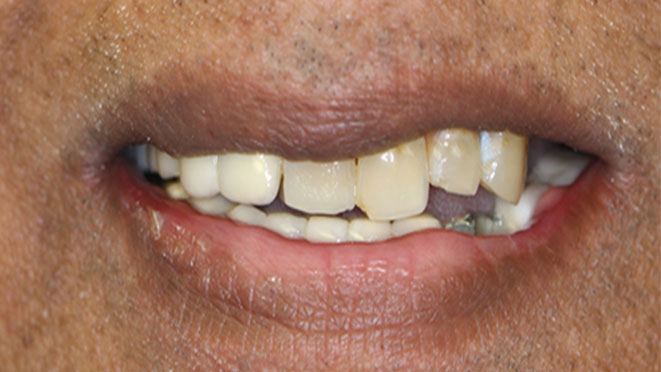
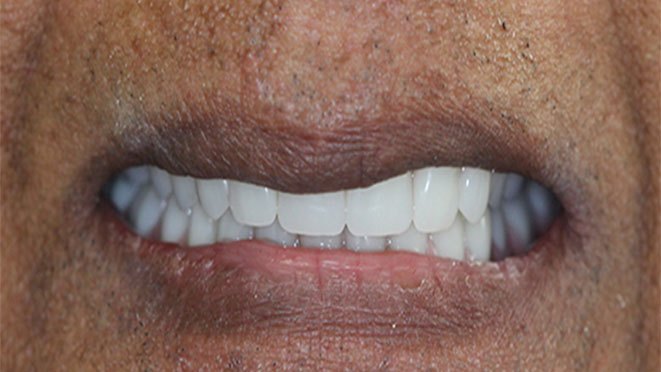
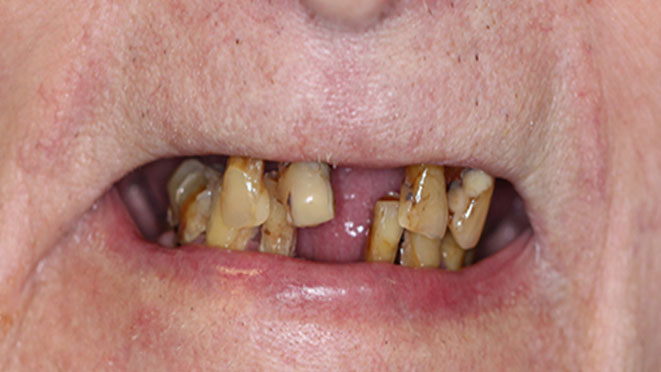
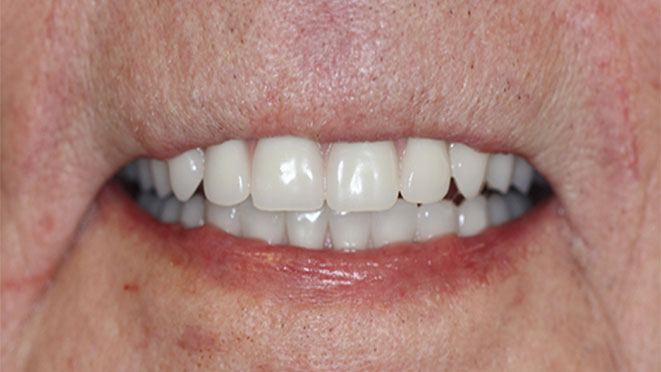
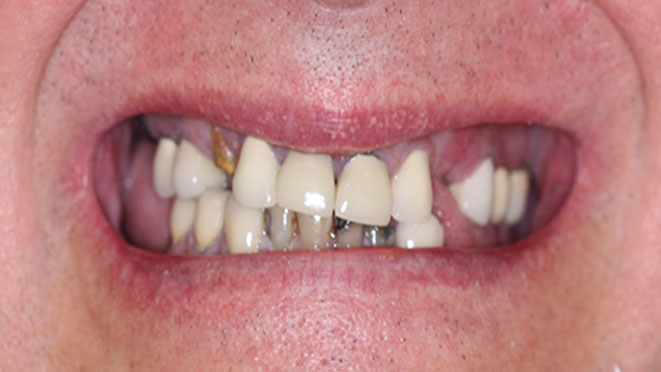
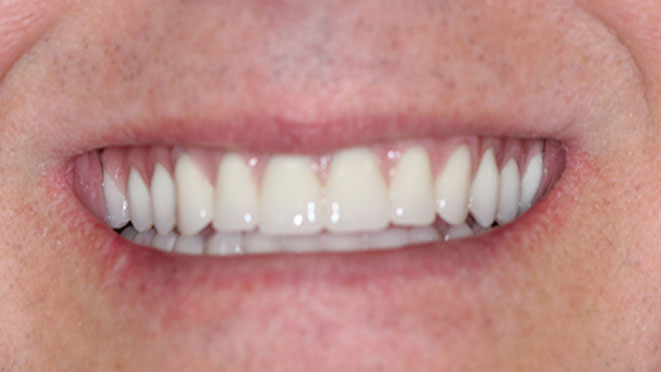
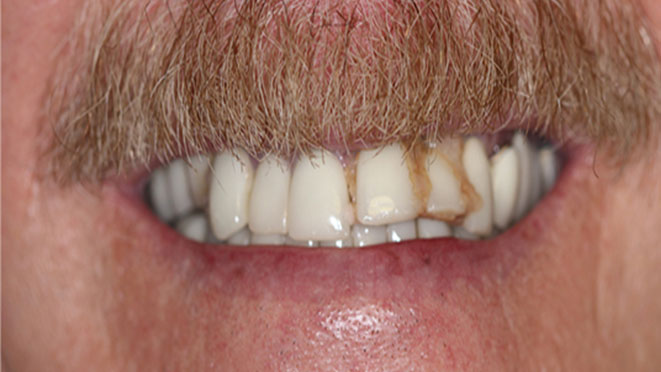
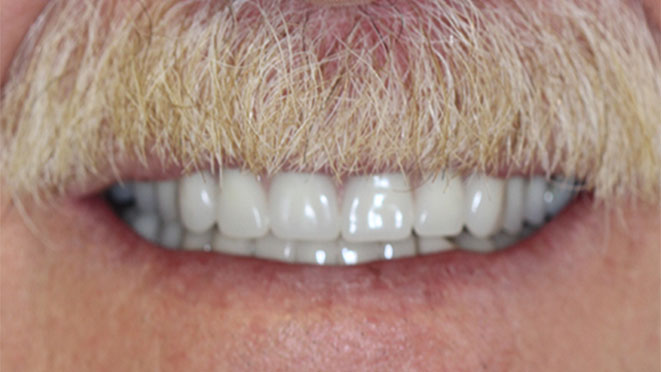
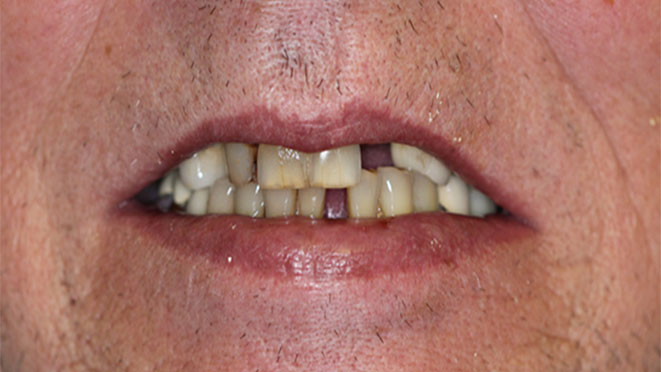
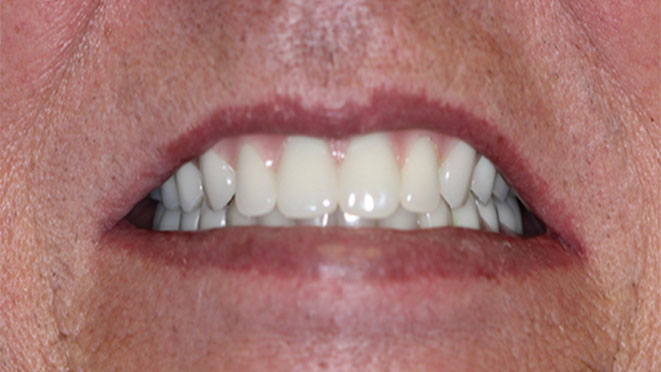
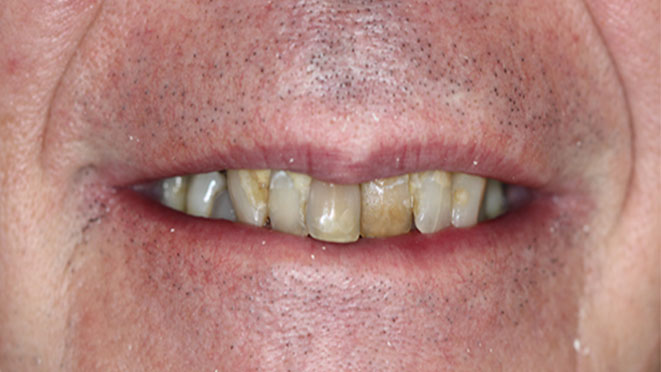
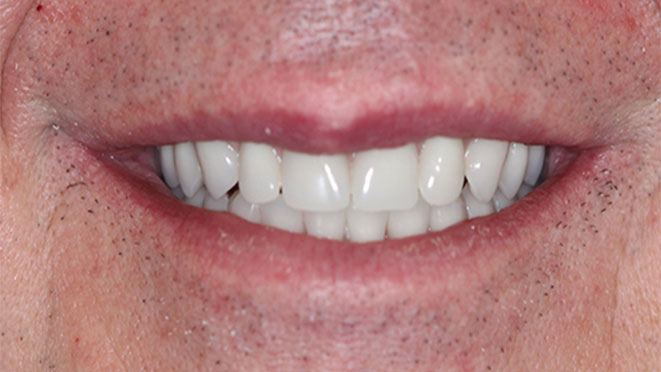
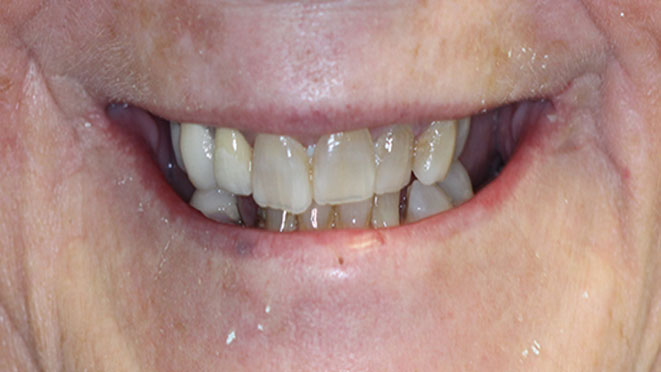
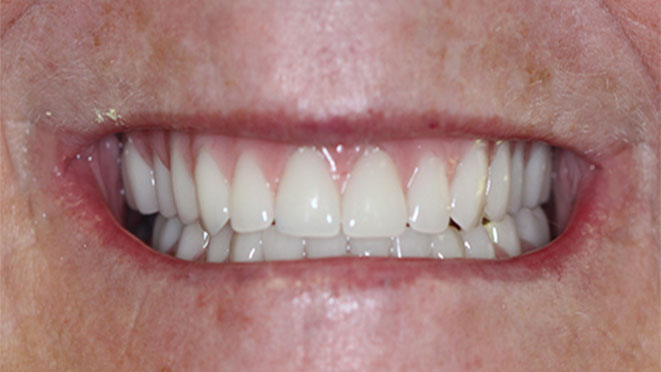
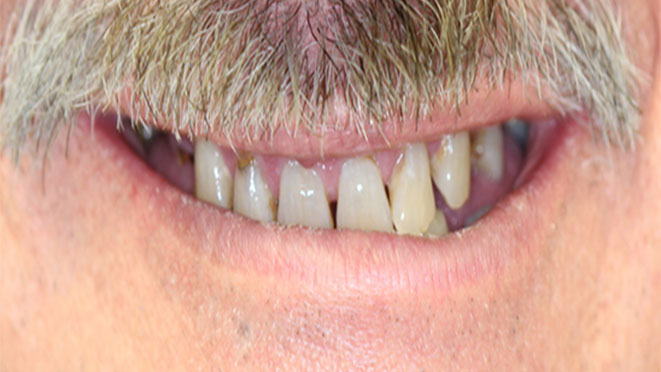

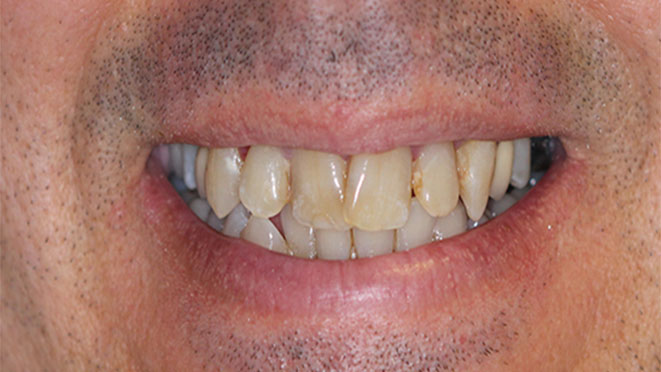
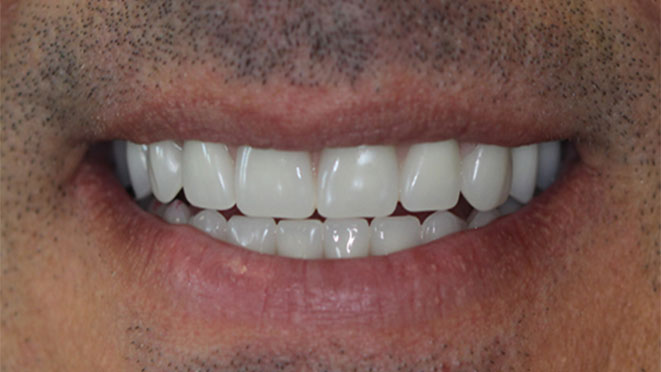
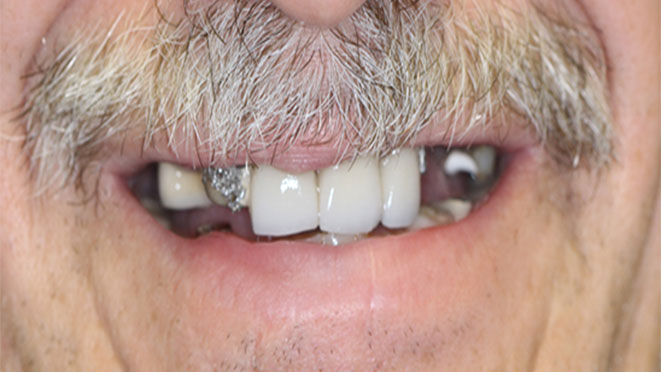
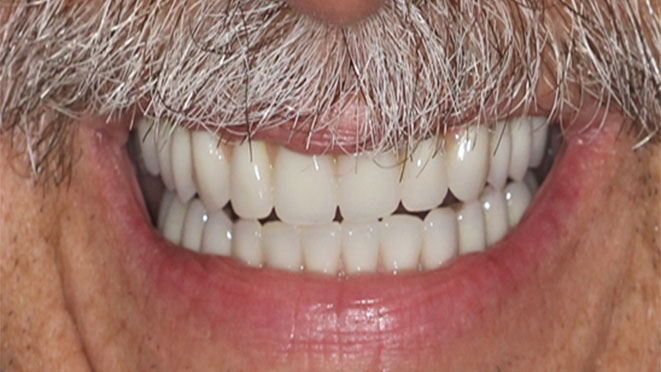
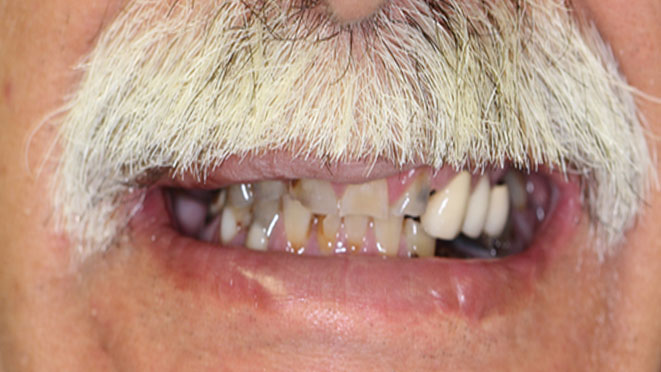
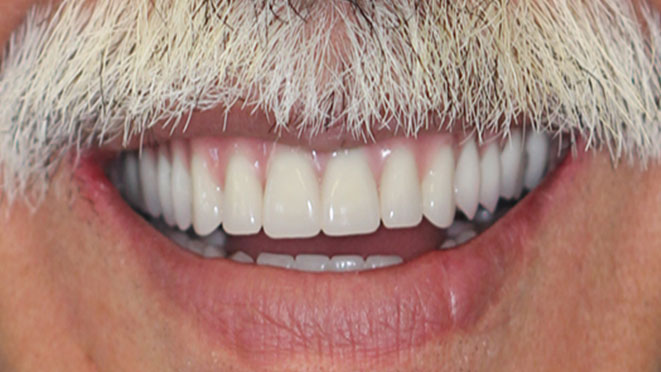
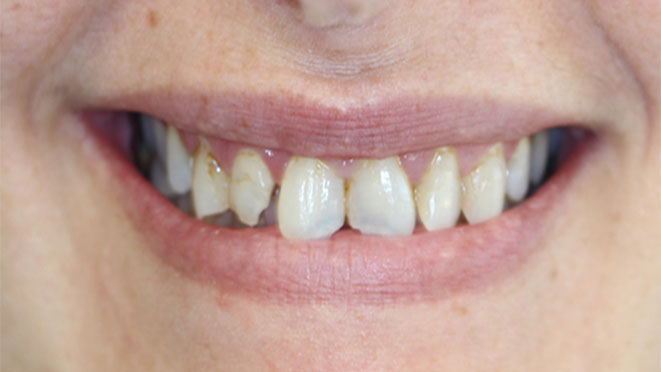
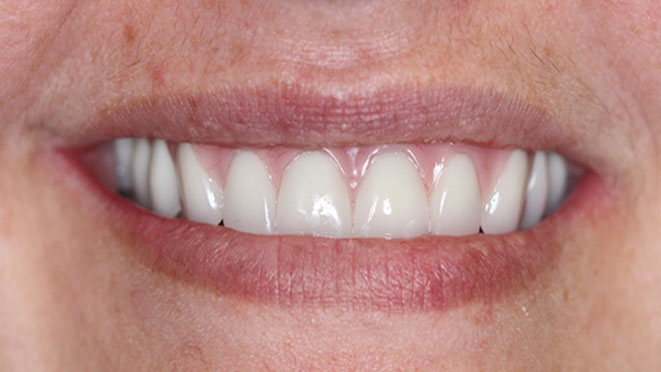
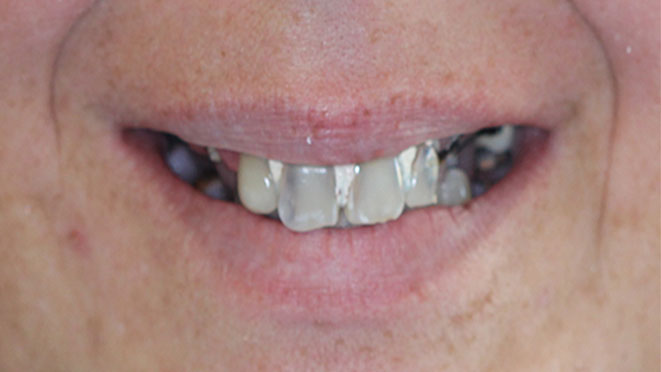
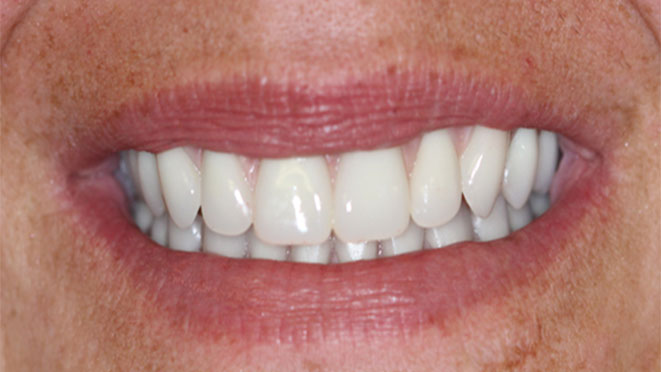
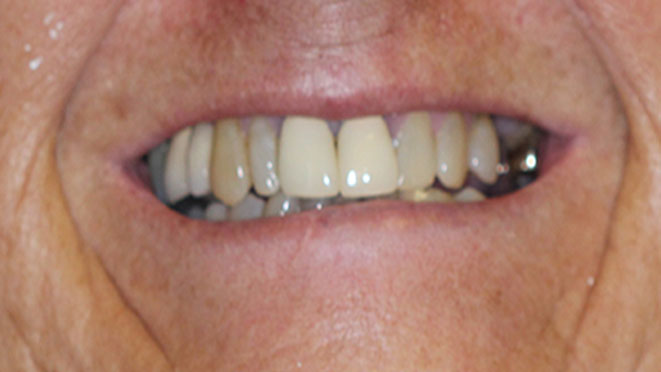
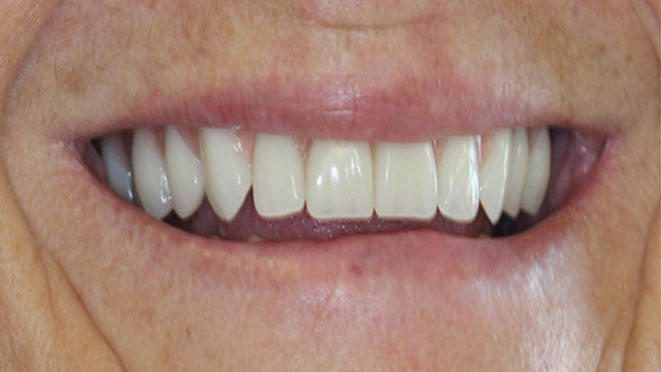
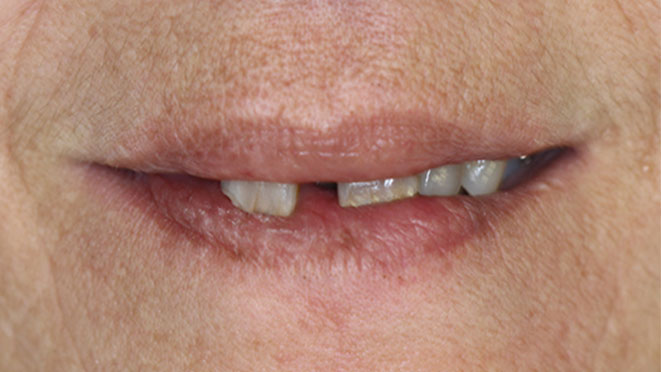
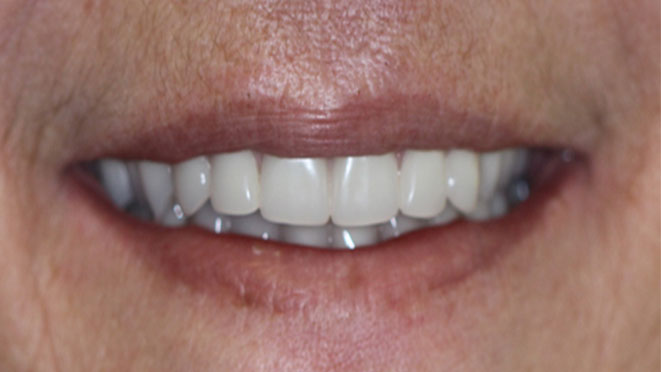
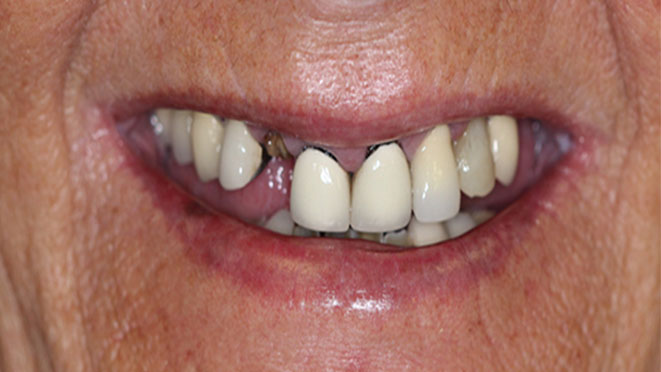
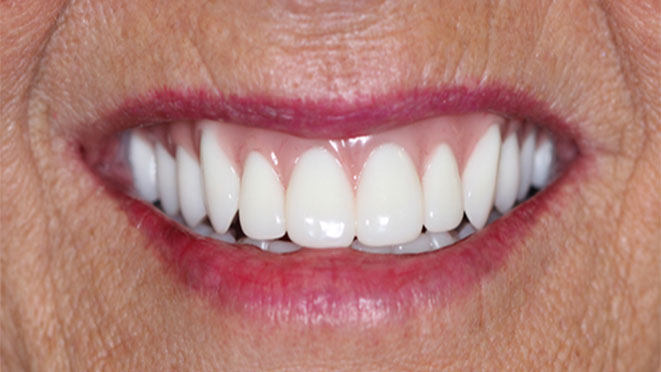
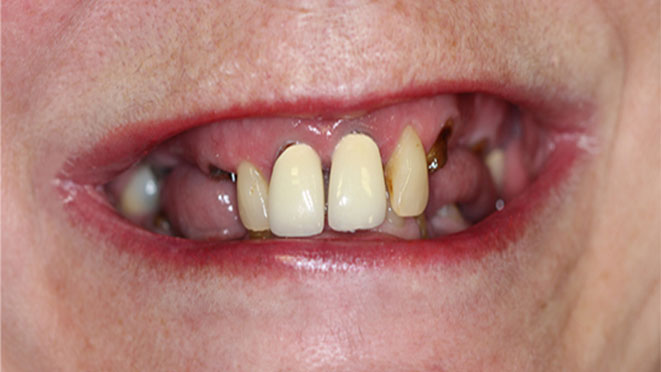
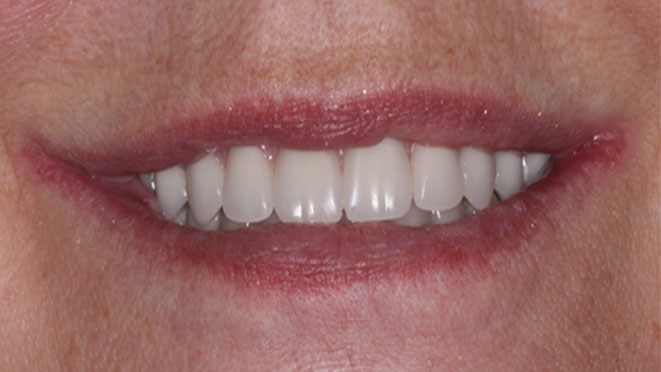
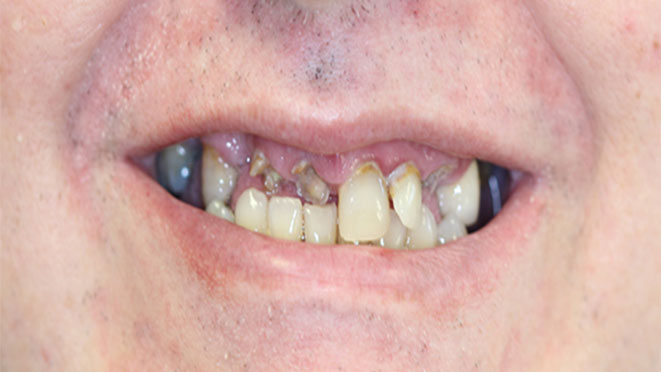
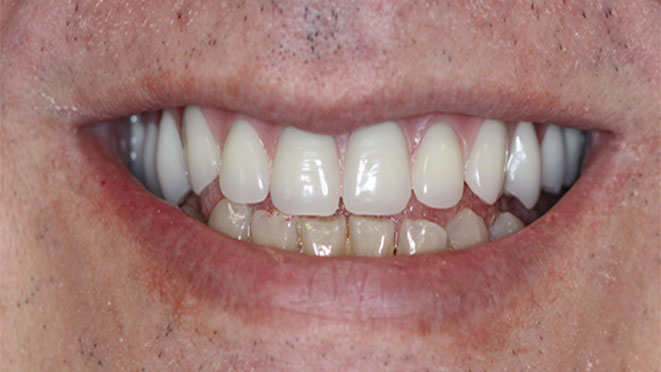




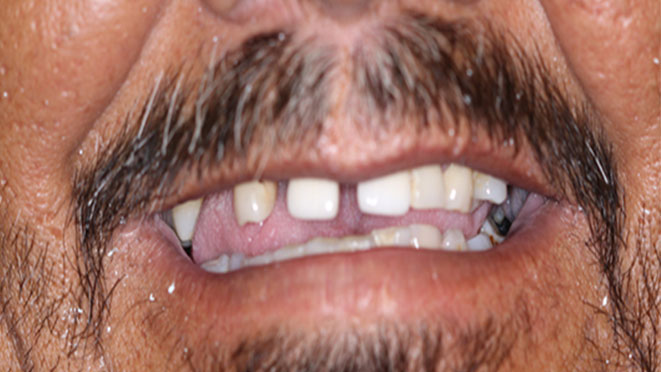
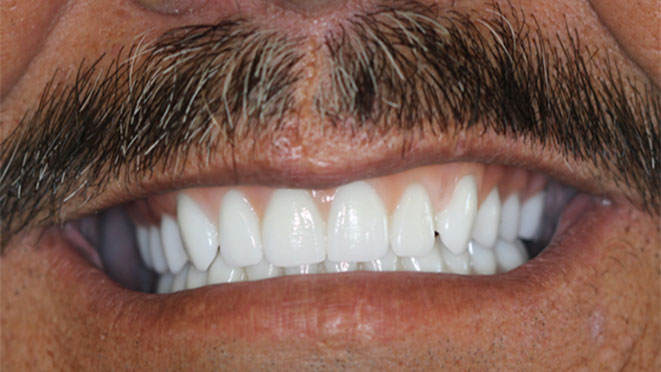
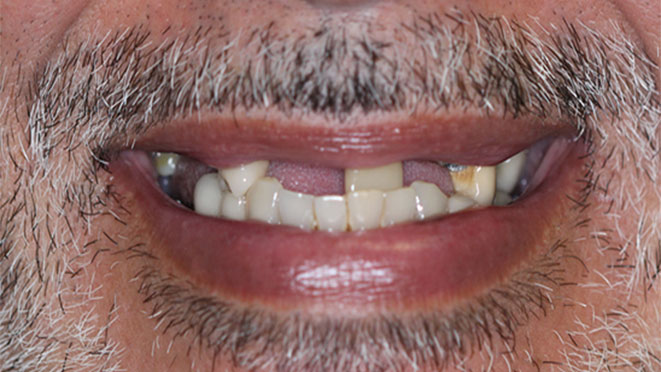
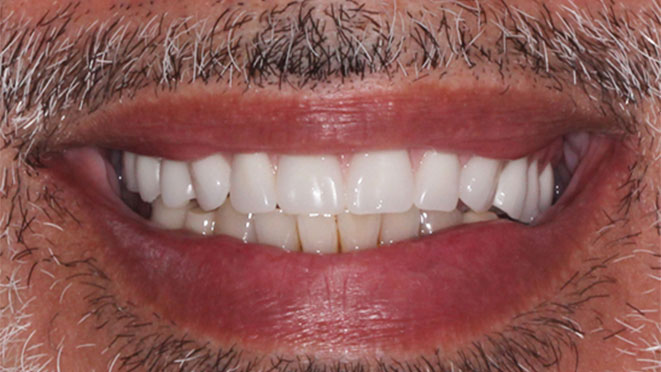
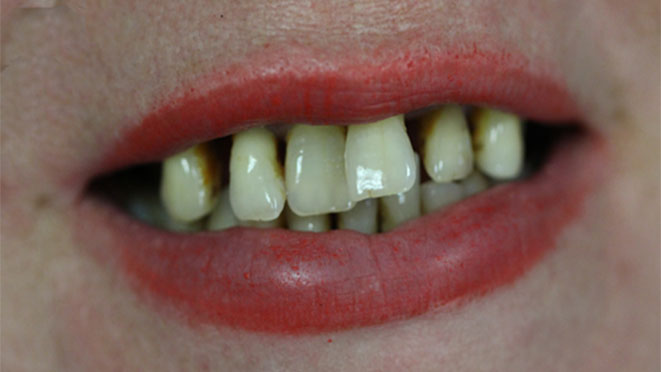
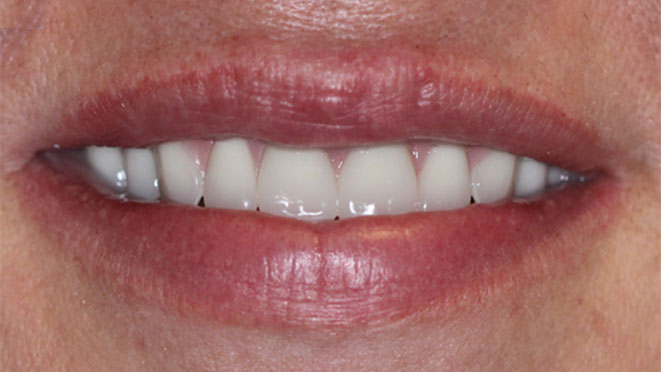
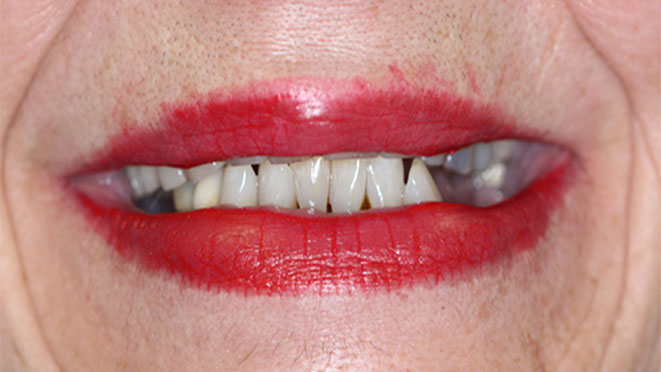
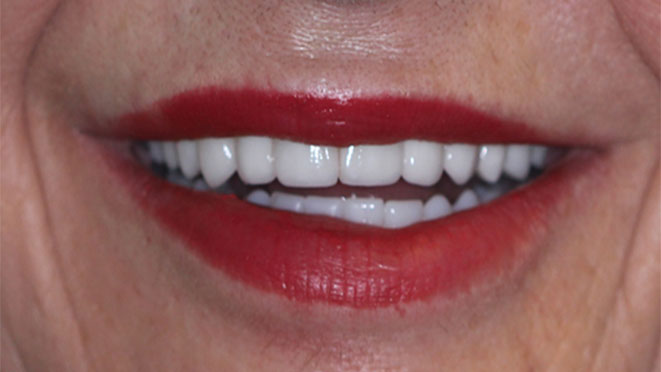
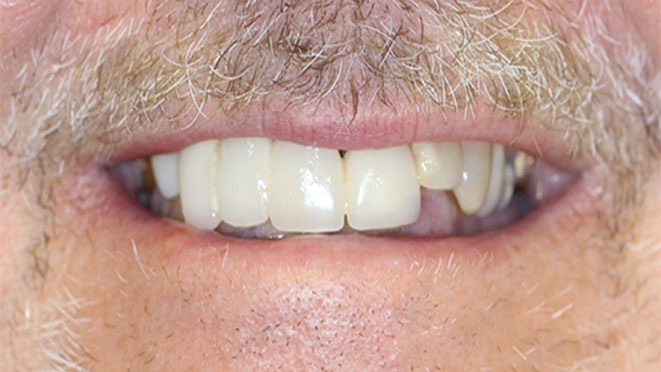
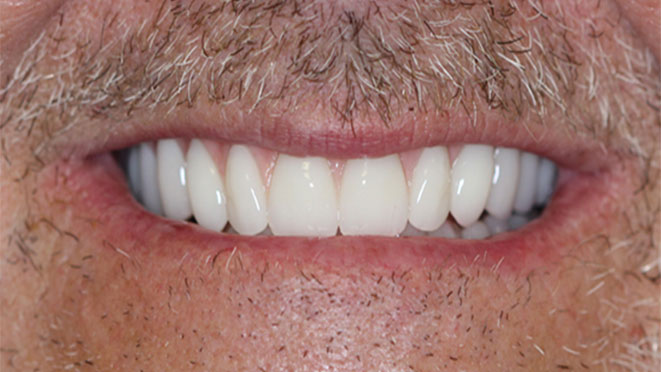
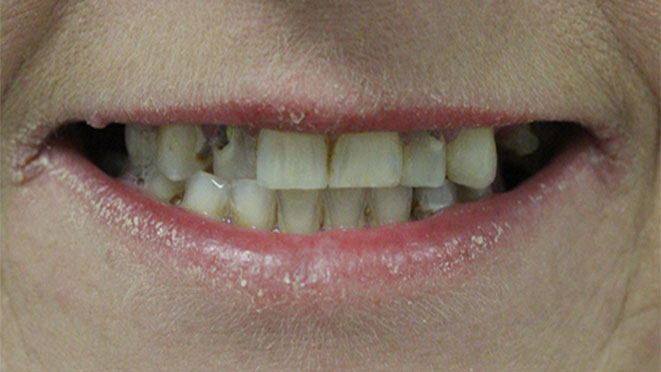
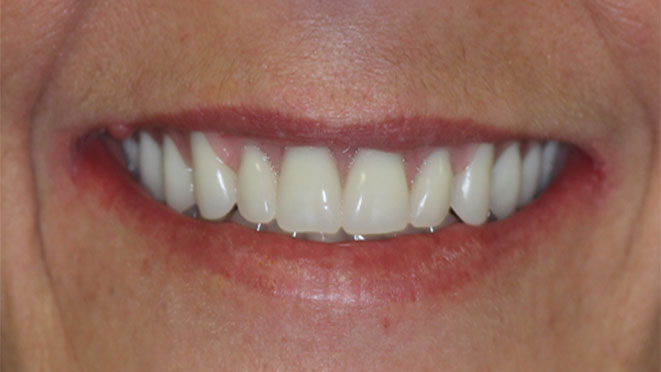
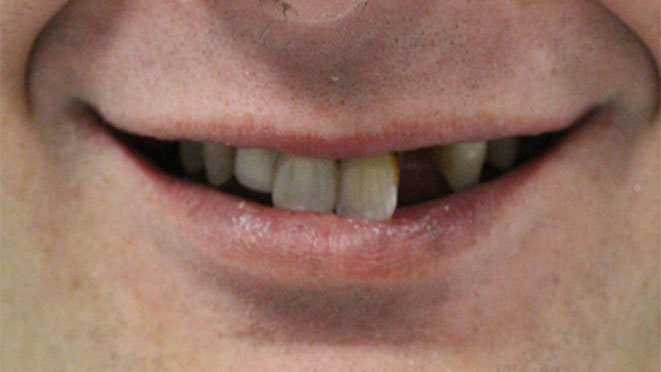
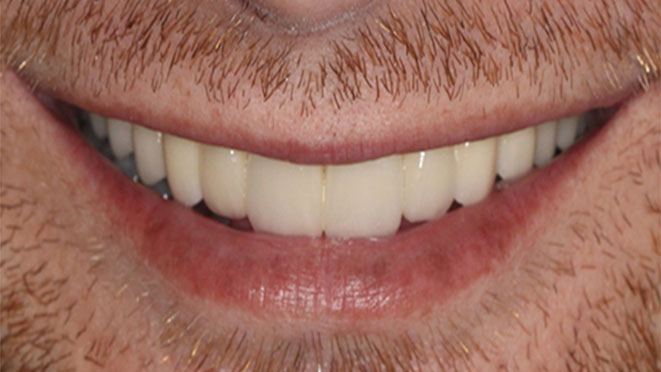
I’m a new patient at advanced dentistry and so far I’m very satisfied with the service provided. I came in for wisdom teeth extraction and they did a great job! The staff is very friendly, knowledgeable, and helpful. Today I came back for a check up and the dental assistant Jocelyn was so sweet and helpful. She was so inviting and made me feel very comfortable coming back in. She met my needs and really made me feel like she cares about my well being. She made sure that I left with the care that I need for my extraction. She was excellent and she is a great addition to advanced dentistry!
This is the smile of the happiest woman in Dallas! We aren’t even done with the full process but Dr. Echeto gave me a great temporary solution so I could look my best on my big day. Doctor Echeto, Jocelyn, and Leon made sure I was right and I can’t thank them enough 💕They made the process so easy, and I didn’t have any of my normal “fears of the dentist”. They were extremely gentle and patient with me and answered all of my questions with no hesitation. All the staff are friendly, and the office always super clean. I would highly recommend this place to everyone looking for dental treatment!
I had gone to this dental clinic 3 times and they were very king and understanding with any setbacks I had to make for my appointments. They helped me get my gums and teeth better since the last time I went to the dentist was a while back. They also provide complementary water and sparkling water. The people here were so kind and in touch with each other making sure they are all doing great. Which helped me feel better and got rid of a bit of my nerves. They had also helped me set up a payment plan and give me a more affordable coverage. Much love to the people here.
I’ve been going here since 2018 with Dr Kaar, who was great! since his retirement, I fell into the hands of Dr. Echeto, who is ABSOLUTELY AMAZING, from the moment you meet her, it’s ALL about YOU and what YOU, she won’t stop until you’re happy && I’m pleased to say after round 2 of having my teeth redone, I AM EXTREMELY HAPPY with the final results. I would like to thank LEON for being AMAZING-AMAZING! He is so kind, funny && informative && just all around THE BEST of THE BEST! I’m truly grateful for the team I ended up with this go round! ⭐️⭐️⭐️⭐️⭐️⭐️⭐️⭐️⭐️⭐️⭐️⭐️⭐️⭐️⭐️⭐️⭐️
If I could give 1000 stars I would!
Doctor Echeto and Jocelyn are so incredibly nice and professional.
You can tell they really know what they’re doing. Both were extremely gentle and patient with me throughout a very lengthy process. I got 10 crowns so it took many hours and a few visits but it was worth it.
Dr Echeto was really thorough and perfectionist which I really appreciate!
I’ve been smiling non stop and i love how natural they look!!
I would recommend this place to everyone looking for dental treatment!!
I had a wonderful experience. I have alot of health issues and no body would help me for over 20 years. Dr Fadi said he had meds that were safe for me to have to get the oral surgery I desperately needed. They walked thru the entire process with me and took several breaks to make sure I was ok, comfortable and in no pain. I can ago to a Dentist for normal cleaning and whatever else may come up for the first time in a very long time. Leon held my hand and made sure I was good. He provided kindness and helped with my anxiety. If you want excellent care from start to end this is the place.
Working with Advanced Dentistry to get my wisdom teeth removed was the best decision I've made! Everyone who works there was extremely kind and understanding that this was my first time on my own getting work done. Every person I met with had given me excellent service and talked me though the process. Special thanks to my surgeon Dr. Ricci for the wonderful job he did, and to Dr. Fadi for explaining the surgery to me and being very kind and patient with my questions. As well as my assistants Vanessa and Yoli for helping me relax and being superstars as well. Thank you all! ❤
I just started coming to Advanced Denistry and so far it has been a great experience. This was my 2nd visit I had Dr. Echto and she was assisted by Tanika. Both we very kind, and gentle. They made sure I was comfortable the entire time and they took care of my fillings pretty quickly! My first visit was consult and cleaning and I had the same care that day as well. Cost, very reasonable and they didn't tell me I needed a bunch of work done that wasn't necessary, which I have experienced at previous dentists.
Thank you guys!
ERICA IS THE BEST IV SPECIALIST. The way the she did it was absolutely amazing and left no bruises. I would highly recommend this place. Also, Yoli was great as well. She was very caring and amazing at making sure you are well taken care of. I had to pull out my upper wisdom teeth and everyone from the staff as well as the dentist were AMAZING. I can't express how grateful I am to find such an amazing place to take care of my wisdom teeth.
🙏🏻 I really do appreciate everything that was done to take care of my wisdom teeth.
